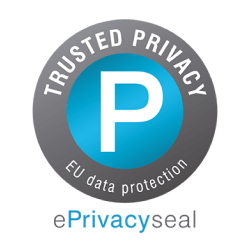What is Contextual Personalization?
Contextual personalization adapts your digital experiences, such as website banners or app recommendations, to each user’s live setting, such as their device, location, or weather. For example, retail brands can highlight umbrellas to shoppers browsing in rainy regions.
Why use Contextual Personalization?
- Present the most relevant message and offer at the exact moment users are most likely to act.
- Decrease opt-outs and boost retention by ensuring every interaction fits the user’s current situation.
- Maximize ROI: Automatically update content as context or user changes, no manual segment tweaks needed.
Contextual Personalization vs. Traditional Personalization
| Capability | Contextual Personalization | Traditional Personalization |
| Autonomy | Dynamic, real-time | Static, historic |
| Context | Multi-factor, adaptive | Demographics, past purchase |
| Integration | All channels | Often single channel |
| Learning | Predictive/adaptive | None |
| Example | App offers for commuters | Static greeting |
FAQs
It adapts to live data, not static segments. See successful examples at Website Personalization Examples.
Yes, if you obtain consent and use anonymized data, implementation steps are in Personalization in Marketing.
They combine session, device, location, and behavioral data. Visit the Web Personalization Glossary for definitions and implementation guides.












